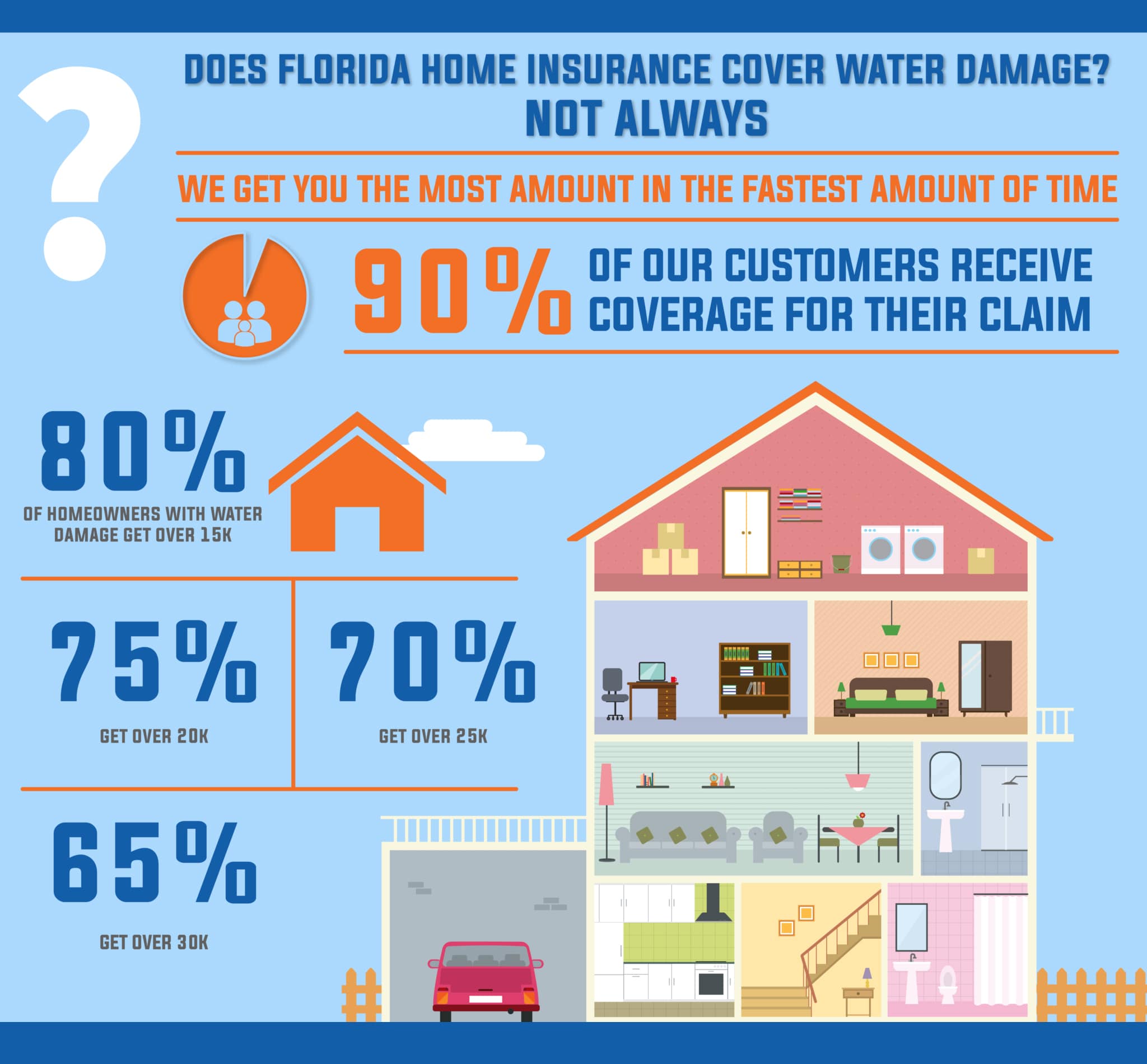Exploring The Financial Implications Of Solar Panel Configuration: Is It A Prized Possession Financial Investment?
Exploring The Financial Implications Of Solar Panel Configuration: Is It A Prized Possession Financial Investment?
Blog Article
Web Content Writer-McMillan Kane
When thinking about the costs of solar installation, you could wonder about the in advance investment called for and whether it lines up with the possible long-term advantages. Recognizing the details of these expenses and the numerous variables affecting the general return can shed light on the value proposition of transitioning to solar energy. By assessing both the first configuration costs and the projected financial savings gradually, you can obtain insight into whether the financial investment in solar installment holds pledge for your monetary future.
Preliminary Configuration Expenditures
When thinking about the expenses of solar installment, the initial configuration expenditures play an important duty in your decision-making process. These in advance prices include the cost of solar panels, inverters, placing devices, and installation labor.
The rate of photovoltaic panels can vary depending on the brand name, performance, and size you pick. Inverters are necessary for transforming the sun's energy right into functional electricity and come in different kinds such as string inverters, microinverters, and power optimizers, each with its very own price implications.
Mounting devices, such as shelfs and rails, is essential to firmly set up photovoltaic panels on your roofing system or residential or commercial property.
The setup labor cost covers the professional installation of the planetary system, making certain that whatever is set up appropriately and efficiently. Remember that while these preliminary configuration expenses may seem high, there are often discounts, tax obligation incentives, and financing alternatives offered to aid offset the costs and make solar installation more economical in the long run.
Long-Term Financial Savings Evaluation
To recognize the economic advantages of solar installation with time, it's crucial to carry out a thorough long-term financial savings evaluation. While the preliminary arrangement expenses of photovoltaic panels may appear overwhelming, the long-lasting cost savings can exceed these costs dramatically. By utilizing the power of the sun to produce electrical power for your home, you can possibly save hundreds of bucks on your utility expenses over the life expectancy of your planetary system.
One of the essential factors to think about in a long-term financial savings evaluation is the decrease in your power bills. With photovoltaic panels, you can generate your electricity, decreasing and even removing your dependence on the grid. This can bring about considerable financial savings, especially as energy rates continue to rise.
Furthermore, many governments provide rewards such as tax obligation credit scores and refunds for setting up photovoltaic panels, even more improving your lasting cost savings. By making use of these incentives and maximizing your solar energy manufacturing, you can appreciate considerable financial benefits for several years to find.
Return on Investment Calculation
Considering the financial advantages of solar installation, it's time to evaluate the Return on Investment (ROI) calculation. Identifying the ROI involves contrasting the complete expenses of installing a solar system with the economic benefits it creates over its life-span.
To calculate ROI, split the internet profit from the system by the complete financial investment price and multiply by 100 to obtain a portion. The ROI formula is: (Net Profit/ Total Financial Investment Price) x 100.
For instance, if the complete cost of setting up a planetary system is $20,000, and over its life expectancy, it generates financial savings and profits totaling $30,000, the web earnings would be $10,000. Splitting this by the total investment cost of $20,000 provides a ratio of 0.5. Multiplying this by 100 supplies an ROI of 50%.
Normally, a greater ROI indicates an extra monetarily fulfilling financial investment. Factors like government incentives, upkeep costs, and power price changes can affect the ROI of solar setups. Understanding the ROI assists in examining whether investing in solar power is worth it over time.
https://www.dailymail.co.uk/sciencetech/article-11002675/Solar-panels-efficient-high-temperatures-expert-warns-amid-UK-heatwave.html
To conclude, comprehending the prices of solar installment is important for identifying if it is worth the investment. By taking into https://solarpanelvoltageandcurre10864.weblogco.com/30330619/to-guarantee-a-trusted-and-enlightened-choice-when-selecting-a-solar-energy-provider-it-s-vital-to-look-beyond-preliminary-rate-quotes-and-payment-plans-and-instead-follow-a-crucial-elements , conducting a lasting cost savings evaluation, and calculating the roi, you can make an educated decision regarding the monetary value of solar energy. With the potential for lowered energy bills and increased energy independence, investing in solar installation can be a wise choice for both your wallet and the environment.
